Note: This website was automatically translated, so some terms or nuances may not be completely accurate.
Technology is evolving independently in China.
CES Asia was held in Shanghai, China, from May 11 to 13 (hosted by the U.S. Consumer Technology Association <CTA>). This Asian edition of the world's largest consumer electronics trade show, Consumer Electronics Show (CES), held annually in Las Vegas, USA, celebrated its second iteration this year with a significantly expanded venue. Over 425 companies from around the world exhibited, attracting more than 30,000 attendees. We present a three-part report from the perspective of Dentsu Inc. representatives who visited the event.

I'm Kuribayashi from Dentsu Inc.'s Global Business Center. While handling global projects for client companies, I increasingly find myself thinking about how to connect the latest technologies to global business. I'll report from that perspective, incorporating my personal thoughts.
A major trend throughout the event was IoT technologies like smart homes and connected cars, alongside AI, drones, and 3D printers. The content felt like an extension of the original CES held in Las Vegas in January, perhaps lacking novelty. Yet amidst this, what struck me as a discovery was how technology is evolving uniquely in China. I'll share this insight organized into two key points.
① Unique Evolution Driven by a Distinctive Media Environment
When discussing Chinese technology, one must consider its uniquely special media environment, unparalleled in the world. Platform companies like Google, Facebook, and Twitter are currently restricted in China. During my stay, I personally experienced these restrictions firsthand—struggling to use Google Search, check maps, or access calendars. Within this environment, I witnessed the steady evolution of China's "BAT" trio: Baidu, Alibaba, and Tencent.
My first stop was the booth of Baidu, China's largest search engine. They were showcasing a smart car equipped with autonomous driving technology currently under development in Silicon Valley. While Baidu provides map and cloud services integrated with its search functionality, it also appears to be developing various other features for smart cars. A key challenge will likely be how much they can improve the accuracy of voice recognition for Chinese, a language considered one of the most difficult in the world.
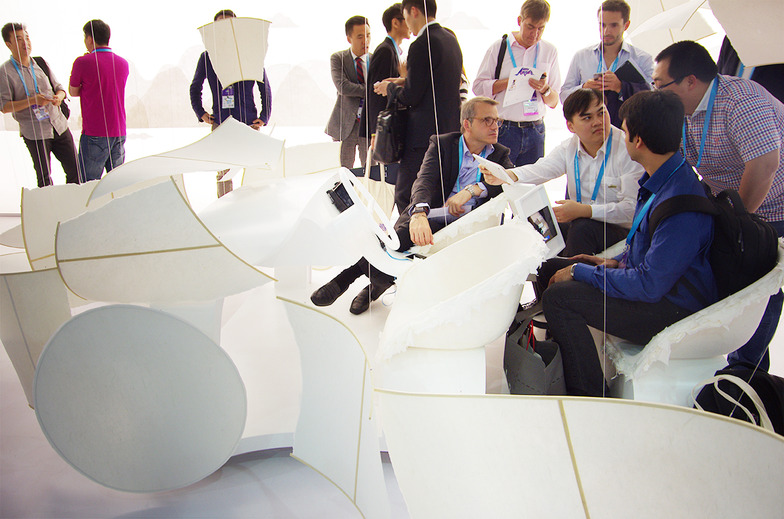
Alibaba's booth was located in the adjacent hall dedicated to health, lifestyle, mobile, fitness, gaming, and wearables. While Alibaba is known as China's largest online retailer, its main focus this time was promoting the availability of the latest gadgets, such as VR (virtual reality) and drones, on its e-commerce site Tmall. Considering Tmall is a monster site handling approximately 80,000 to 100,000 transactions per second at peak times, its potential market impact is enormous. According to research by the CTA, which organizes CES, Chinese people's interest in technology is unmatched in Asia, with some even suggesting the Chinese market could surpass the US within a few years.
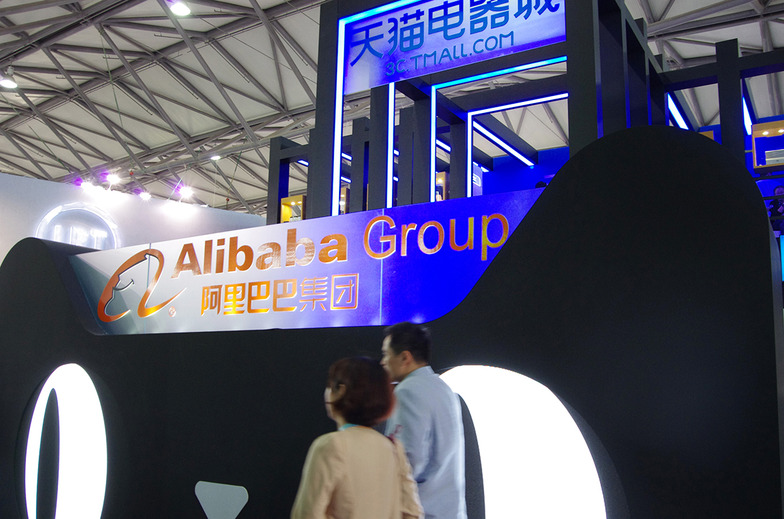
Although Tencent did not have a booth, it was actually involved in announcements in various places. One example was a smart home solution utilizing WeChat, a service operated by Tencent. The exhibit showcased a partnership with Wulian, a smart home solution provider, demonstrating how sending a message to a WeChat account could control all electronic devices within the home. With WeChat boasting over 1.1 billion accounts as of February 2015, it has essentially become infrastructure, enabling such solutions to emerge.
Another interesting thing at Tencent was the TGP BOX game console, also mentioned in Intel's keynote. It reportedly features Intel's 6th generation processor and runs both Windows 10 and a proprietary operating system. While China banned the sale and distribution of game consoles from 2000 to 2015, gaming remains immensely popular, evidenced by the numerous large-scale tournaments held. Tencent has been investing heavily in its gaming business, including funding multiple game software companies in the US, and already holds significant global influence. The news that Tencent, which owns the powerful WeChat platform, has launched a game console will likely have a massive impact on the market.
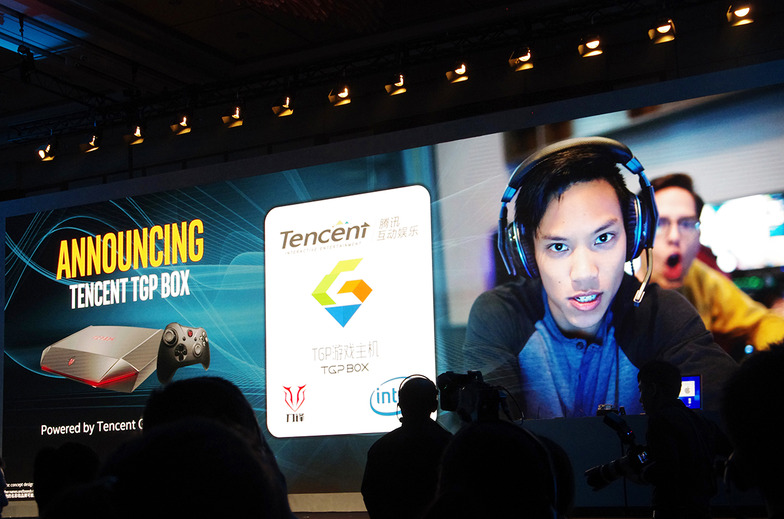
② Diversity of Evolution in a Nation of 1.4 Billion
Numerous companies exhibited in areas that have become tech buzzwords, such as autonomous driving, robotics, and wearables. Among these, VR and drones stood out as particularly prevalent. VR drew attention not only for the devices themselves but also for peripheral equipment designed to deliver more realistic experiences.
For example, Pico Neo and Xiaopai both offered VR experiences with remarkably elaborate setups.
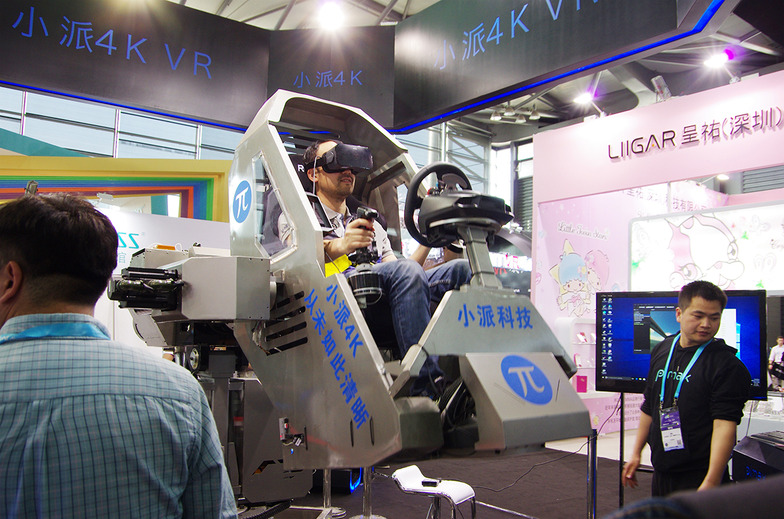
When it comes to VR head-mounted displays, box-shaped ones like Oculus come to mind, but what was striking was how many companies announced glasses-style models. Particularly, the device from Chinese startup Dlodlo looks just like sunglasses, yet it can deliver the same field of view as a head-mounted type.

A while back, demo videos of Magic Leap's next-generation AR (Augmented Reality) technology, backed by Google, became a hot topic. Exhibits related to AR and the next step, MR (Mixed Reality), were also on display. Incidentally, in February 2016, Alibaba invested approximately $800 million in Magic Leap. Future developments are worth watching.
Here are some standout exhibits unique to CES Asia that weren't seen at the Las Vegas CES.
3D TVs fromMcloud Digital Technology and others
While 4K and 8K are beautiful and appealing, I'm personally quite excited about this field of glasses-free 3D displays. It's hard to convey in photos, but it genuinely looks 3D without glasses. However, if the viewing angle shifts slightly, it can make you feel a bit queasy...
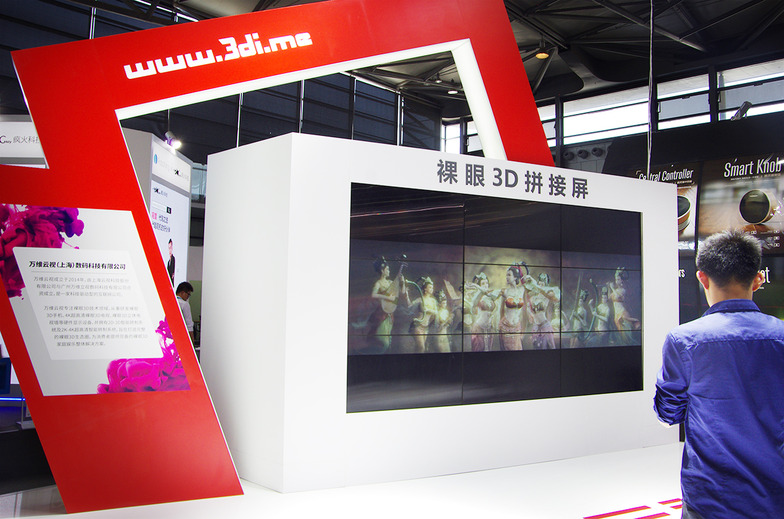
Cowa Robot's Robot Suitcase
A magical suitcase that recognizes its owner and automatically follows when you walk. Equipped with built-in sensors to avoid people around it, plus thoughtful features like remote locking if you lose sight of it. Walking through Haneda Airport with this on a business trip would definitely turn heads. Funding will be sought via Kickstarter, with sales planned for September this year.
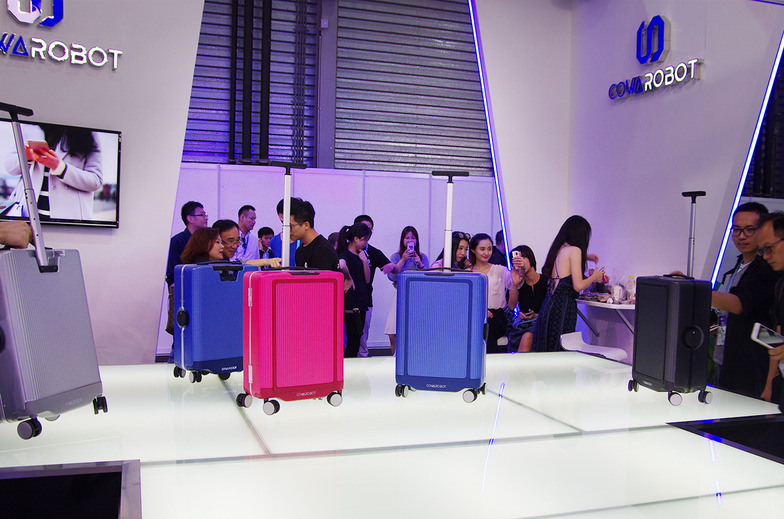
Intel and Lenovo's Jointly Developed Curie-Powered High-Tech Shoes
This is a shoe-shaped wearable device featuring Intel's button-sized ultra-compact processor, Curie. Its ability to capture data related to everyday life represents a major technological innovation. While Intel's keynote presentation highlighted applications like XSport and gaming, it also hints at endless other possibilities.
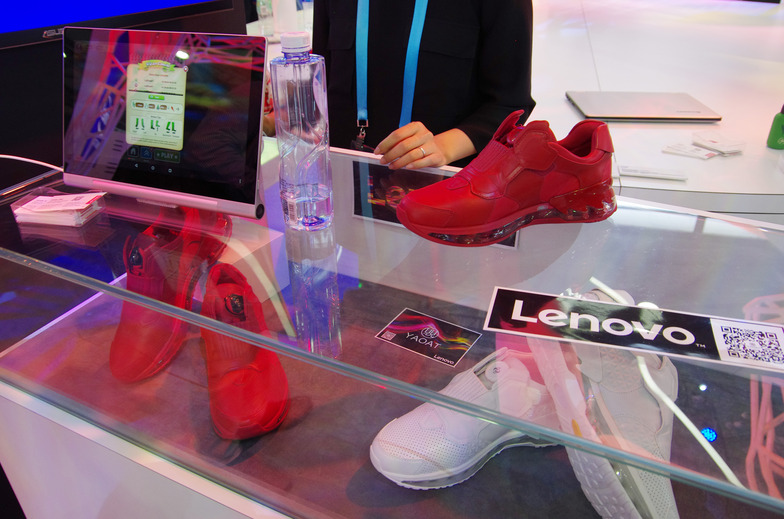
Overall, what struck me was China's insatiable appetite for technology. Technology is evolving at an incredible pace. While Japanese companies have undoubtedly achieved great global success in the past, in today's era where technological competition is expanding worldwide, one key factor for success is the speed of dissemination. In this regard, China is extremely dynamic. As seen at CES Asia this time, their approach to new technologies is swift, and their global outreach is powerful. The near absence of Japanese companies exhibiting this time likely resulted from thorough consideration of all angles, including risk. However, I felt that for Japanese companies to once again dominate the world with technology, they must continue to deliver surprises ahead of other nations. Furthermore, we at Dentsu Inc. believe this technology domain holds various solutions and applications to support clients aiming to compete globally.
Next time, we'll introduce the Dentsu Group's exhibition.
Was this article helpful?
Newsletter registration is here
We select and publish important news every day
For inquiries about this article
Author

Yusuke Kuribayashi
GNUS Inc.
Sales & Consulting Division
Business Architect
After gaining experience at Silicon Valley startup Gigster, I joined GNUS Inc., an innovation consulting and software development company within the Dentsu Group. I am responsible for planning software-driven business innovation initiatives.

